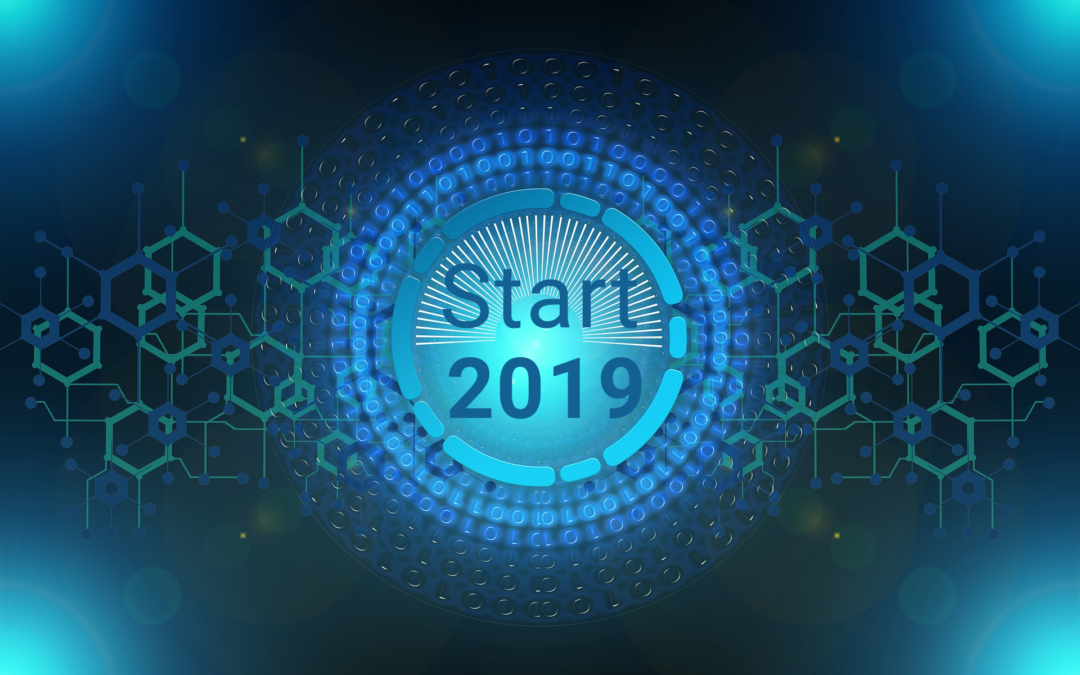In order to prepare these predictions of cybersecurity, we had to analyze what happened during 2018. We witnessed how cyber criminality has been increasing. Cyber criminals have improved their tactics, adopting more stealthy tendencies that allow them to go unnoticed and take full advantage of each victim.
Another key factor that has marked 2018, mainly in the European context, is the entry into force of the so-called GDPR (General Data Protection Regulation). They have come to change the way companies approach security and protection of the information they handle.
This past year we have witnessed massive data breaches, which have made history, as the most recent one being at the Marriott International hotel chain, or the well-known Facebook and Cambridge Analytica case scandal.
All these variables will influence the future of this sector in the year that is about to begin. Based on various analyzes, we have set ourselves the task of summarizing for you the predictions of cybersecurity made by experts for 2019.
What are the cybersecurity predictions for 2019:
- The trend will be extended “live” hacking, consisting of in new attack techniques or malware “without files” or “vaporworms” because they are more difficult to detect.
- The concept of digital sovereignty will be strengthened and will also extend to security, especially in Europe where the debate on this issue is more mature, so that we can be on the way to the definition of European digital sovereignty.
- The increase and sophistication of cyber attacks aimed at the states, will require the signing of a UN Cybersecurity Treaty, in order to address more aggressively the dangers of cyberwar and define joint cyber defense policies.
- There is a high probability that a state will be the victim of a “Fire Sale” attack like the one shown in the famous movie “Die Hard”. It is an attack aimed at four critical areas of transportation, financial systems, public services, and the communications infrastructure. The objective behind these type of attacks is to allow terrorists to divert huge funds undetected, due to the chaos
- We will suffer blackouts that are products of cyber attacks, mainly due to attacks targeting public services and industrial control systems to try to get more benefits. It is estimated that the demand for payment will amount to more than 6,500%, ie between $300 and $20,000.
- Hacking a WPA3 Wi-Fi network, using one of the existing Wi-Fi threats. Despite the security improvements of the new WPA3 encryption standard, if you do not work for integral security in the infrastructure Wi-Fi of the entire industry, this will remain vulnerable.
- Mining will be enabled as a zero-day service, which will change the way in which security is addressed, because it will not be possible to anticipate where the attacks will occur and it will be difficult to plan the adequate defense.
- Advance of sophisticated attacks based on swarms, and say botnets also called ‘hivenets’. It is a threat that uses swarms of smart bots that work collaboratively and autonomously.
- The advance of the AI and specifically of the ‘machine learning’, will play a very important role in the advancement of this sector of the cybersecurity and prevention of digital fraud.
- Chatbots directed with Artificial Intelligence (AI) may be used for fraudulent purposes. Hackers can create malicious chatbots within legitimate sites and through social engineering which gets users to download infected files.
- We must be prepared for possible biometric attacks, which will lead to deprecating the authentication of a single factor. With the proliferation of biometric systems such as Apple’s FaceID to authenticate itself, cybercriminals will benefit from the sense of security that they provoke and decipher their first method to carry out a major attack. Consequently, it will increase the use of multi-factor authentication.
- Protecting privacy will be a priority for companies, due in large part to the application of penalties for non-compliance with GDPR, companies will rethink the way they manage data. The main challenges that they will have to face to integrate the best privacy practices by design, is the incorporation into the daily business flow of new mobile applications, IoT and others.
- A hacktivist collective can keep the Internet hostage. Thanks to a coordinated attack against the Internet infrastructure with DDoS resources, taking the multiple critical points that support the Internet or abusing the underlying protocols.
- Sophistication of the defense system, to be able to face the tactical and technological improvement of the cyber attackers. As a result, the cost of cyber attacks increases, so that hackers will spend more resources for the same result.
- Open collaboration to actively share threat intelligence, an effective way to stay up to date on the small changes that cybercriminals make in their code to try not to be detected. This allows security providers and their clients to shorten the time to detect possible threats.
- Schools will begin to include cybersecurity in their study programs. People are able to detect the signs of a cyber attack. The training of talent in this area is what will be increasingly demanded.
There is no doubt that in order to avoid the advance of cybercrime we must awaken and build a social conscience in cybersecurity. We still use the internet and technological tools without thinking.
Hopefully with these predictions of cybersecurity this 2019 will be the year in which societies begin to dedicate resources to cultivate a collective culture of awareness in cybersecurity. This would make life harder for hackers.

